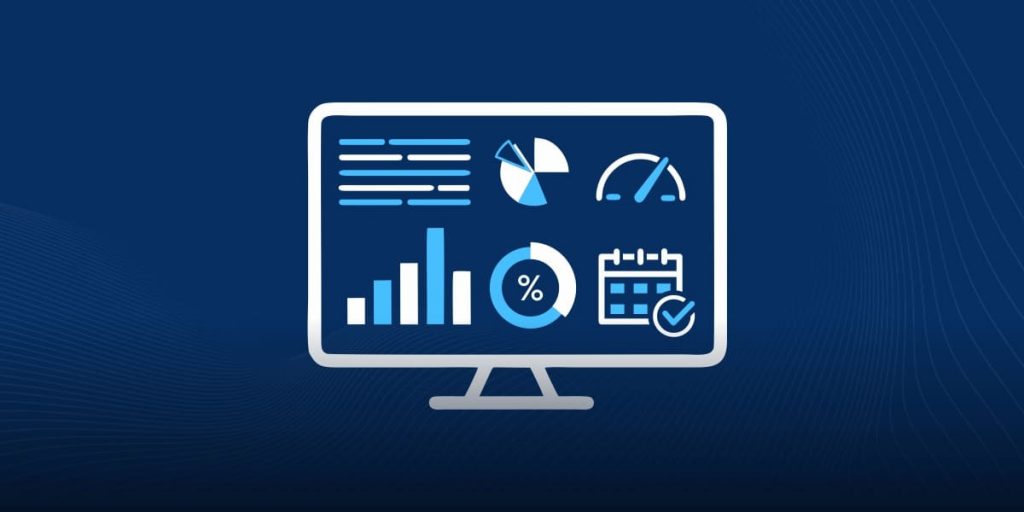Monitoring APIs and websites involves the use of specialized tools that regularly dispatch requests to the API or web server. These requests, typically in the form of GET commands, occur at predetermined intervals—be it every minute, every 10 minutes, or every hour—providing a comprehensive overview of service health. However, a significant challenge arises when the server housing the API or website is shielded by Cloudflare. The security service often perceives these monitoring requests as potential threats, leading to the inadvertent blocking of these requests and generating false alerts. This dilemma is commonly referred to as “false positives.” One website monitoring tools luckily provide a work around this issue, providing a Cloudflare protection bypass.
In the quest for an effective website monitoring solution, it’s important to choose a tool that stands out. In this article we will introduce you to a tool equipped with features to address common challenges, especially the notorious false positives associated with Cloudflare protection. With error logs retention, Cloudflare bypass capabilities, and real-time API monitoring, one website monitoring tool empowers users to maintain a proactive stance in managing the performance of their online assets. When the need is to navigate the intricacies of website monitoring while bypassing Cloudflare protection, UptimeAPI proves to be a reliable and forward-thinking choice in the digital landscape.

Key Features of UptimeAPI
Error Logs Retention: UptimeAPI distinguishes itself by offering an extensive error logs retention feature. This allows users to delve into past performance trends, enabling data-driven decision-making. Analyzing historical error logs provides valuable insights. This is because it enables the user to delve into the evolution of website and API performance. In doing so, it facilitates proactive measures to enhance overall reliability.
Cloudflare Bypass: A standout feature of UptimeAPI is its innovative approach to bypass Cloudflare protection. Unlike other monitoring tools, UptimeAPI leverages a distributed proxy, ensuring a seamless route through Cloudflare’s defenses when checking APIs and websites. By doing so, it effectively eliminates false positives that often result from Cloudflare’s security measures, providing users with accurate and reliable monitoring results.
Real-time API Monitoring: UptimeAPI ensures real-time monitoring of APIs, offering instant alerts and insights into their health. This feature allows users to stay ahead of potential issues, promptly addressing any anomalies to maintain optimal service levels.
Multi-Channel Notifications: UptimeAPI recognizes the importance of timely alerts and offers a versatile notification system. Users can receive alerts through various channels, including email, SMS, and webhook notifications. This multi-channel approach ensures that users can choose the notification method that best suits their workflow and preferences.
How Does This Website Monitoring Tool Work?
UptimeAPI is user-friendly to navigate. Sign up, explore the dashboard, and under the Monitoring tab, delve into the Monitors section. Click “New monitor,” input the desired parameters, and you’ll be able to monitor your APIs without hassle. It also has configurable parameters for the alerts should action need to be taken.

The Way Forward In Website Monitoring
In the realm of digital landscapes, ensuring the uninterrupted performance of websites and APIs is a critical aspect of online presence. UptimeAPI emerges as a robust solution tailored to meet the diverse monitoring needs of websites and APIs. This powerful tool empowers users to establish monitors, keeping a vigilant eye on the performance metrics and triggering alerts when downtime is detected. If you want to learn more about this API alert tool, you can check this article.

